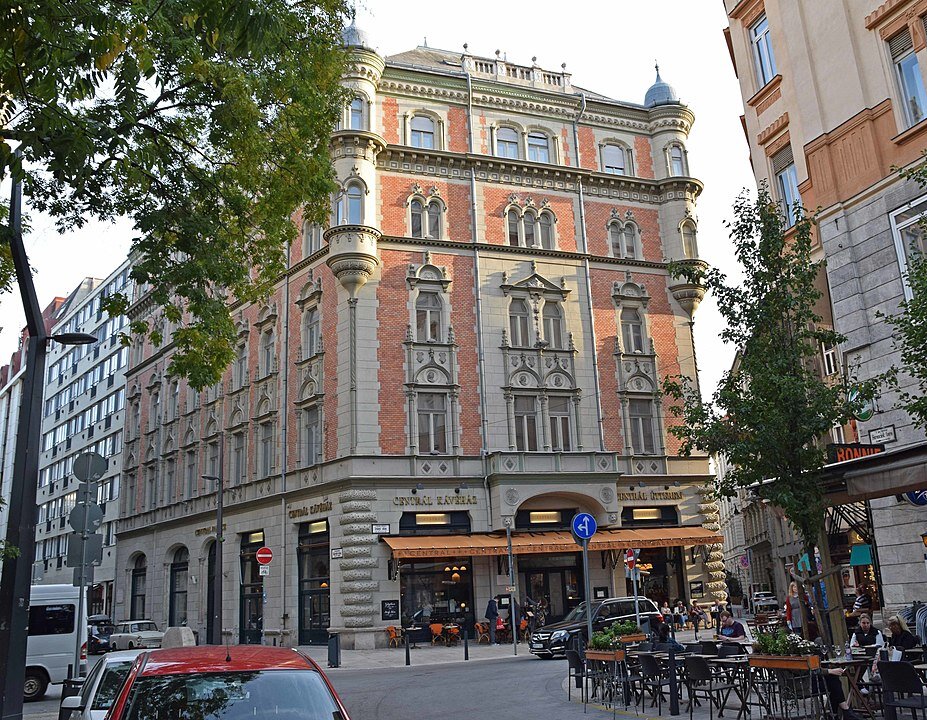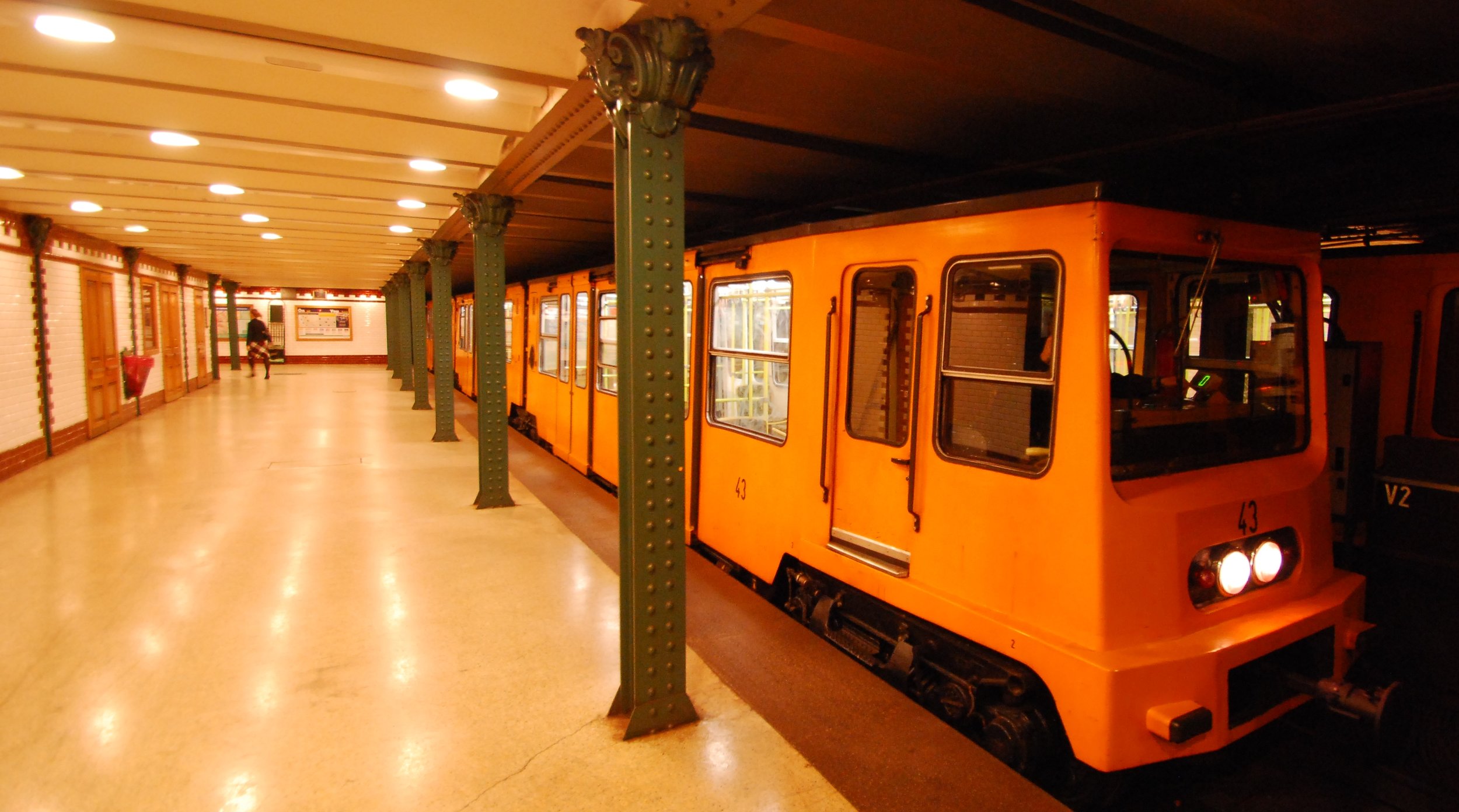Shot in Hungary: The Witcher
zita kisgergely
Everybody is looking for the next Game of Thrones, from viewers to producers. Netflix believes they have alighted upon that with their popular new series The Witcher. Based on the series of fantasy books by Polish writer Andrzej Sapkowski, much like GOT The Witcher takes place in a fictional medieval land, where dark forces and mystical creatures run amuck. Unlike GOT, The Witcher’s first season was filmed in Hungary, along with a few other European locations. Chosen for its diverse locations and sound stages — nothing new here — the eastern European, old world feel of the books was easy to reproduce.
Budapest City Park’s Vajdahunyad Castle, so majestic, picturesque, and haunted looking, was utilized for one location. Built in 1856, the castle is actually a replica for one build earlier, but has aged into its ancient look. Sources also report the Kiscelli Museum was another location.
via Wikipedia Commons
The Kiscelli Museum is a good find, and under-used location. According to the museum’s site” “The ensemble of the former baroque monastery and church housing the Kiscelli Museum is on the hillside above Margaret Hospital in Óbuda. The Trinitarian order having been suppressed in 1784, the ensemble was also used as military barracks and military hospital before it was purchased by the Vienna-based art collector and furniture manufacturer Max Schmidt in 1910, who turned it into a luxurious mansion.” As with every location in Hungary, the Kiscelli Museum comes with its own backstory.
via the Kiscelli Museum site
The cast of The Witcher were seen about town during the shoot, indulging fans and enjoying the city, as most stars do when they come to Budapest. Of the shoot, Witcher star Eamon Farren told Express online: “We've started shooting and you walk onto these sets and they're just incredible, the scale of it is massive. What I love about The Witcher is the scale of it is massive but the stories and the characters are so intimate and familiar, but also and they exist in that epic world.”
It is still undetermined if The Witcher and Budapest’s partnership will continue in future seasons, nor is it certain it will be the next GOT, but for now reports are that it looks awful good on the screen, in no small part due to the locations. So no matter which Witcher we watch in Season Two, we know which we prefer: that which is filmed in Hungary.
Flatpack Films has many years of experience dedicated to offering expert servicing. It has brought the best of Hungary to countless brands, agencies, and production companies through its unique locations, exceptionally skilled crews, top of the line equipment and technical solutions. Backed by an impeccable track record, Flatpack Films has worked with world-class clients including Samsung, Samsonite, Toyota, Braun, Chivas Regal and many more - bringing their projects to life through a highly bespoke approach.





















































